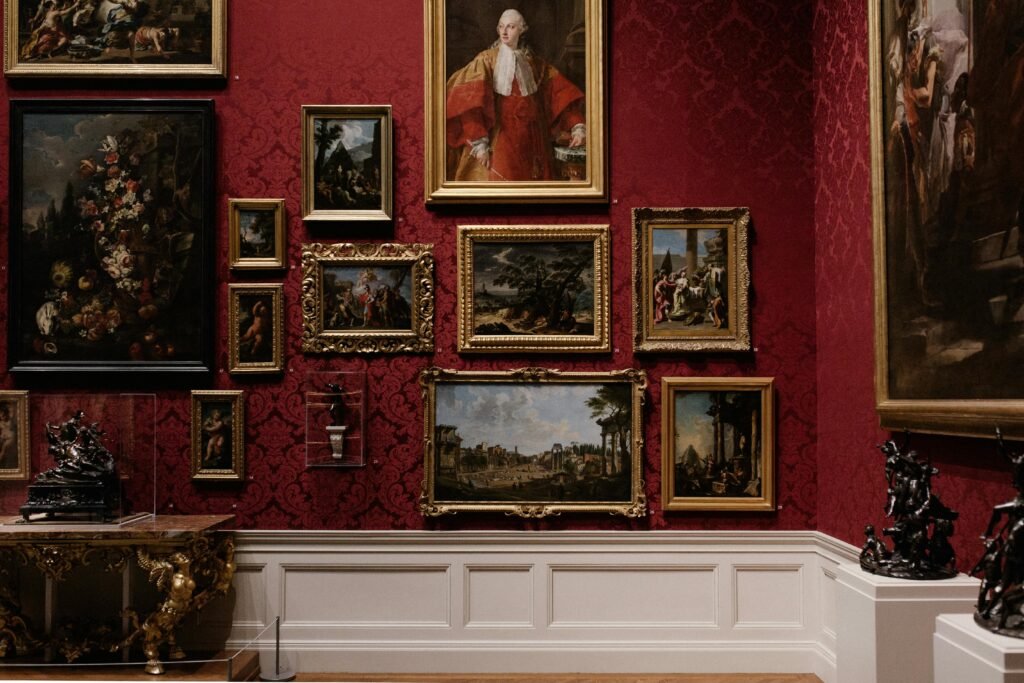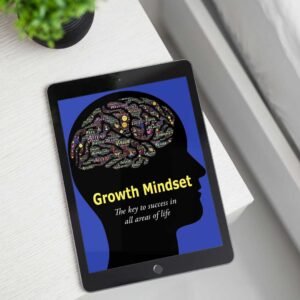Investing in Fine Arts: A Strategic Asset for the Ultra-Wealthy – Traditionally reserved for the echelons of the affluent, fine art investment emerges as a distinguished avenue for not only diversifying portfolios but also securing tangible assets with a potential for significant appreciation. This guide illuminates the labyrinth of the art market, analyzed through the experienced lens of Clare McAndrew’s pivotal book, “Fine Art and High Finance.” Delve into the realm where aesthetic appreciation intersects with financial gain, exploring why the art market captures the discerning eye of the wealthy and how to navigate its complexities for robust investment decisions.

Understanding Art as an Investment
Investing in fine art encompasses much more than acquiring pieces, it involves a deep understanding of market dynamics, legal aspects, historical impacts, and the contemporary influences on valuation. Art becomes not only a cultural asset but a strategic financial tool. Here are some insights:
1. Economic Resilience and Capital Appreciation
Fine art often retains its value and can appreciate irrespective of economic downturns, making it a reliable store of value. Historical data compiled by McAndrew illustrates that high-quality art pieces have not only preserved capital over decades but have outpaced many traditional investments like bonds and equities in terms of returns.
2. Enhanced Diversification
Due to its low correlation with traditional financial markets, art provides diversification that mitigates risk in a balanced investment portfolio. The unique factor about art investment, as detailed in “Fine Art and High Finance,” is its performance independence that stems from being driven more by cultural and societal shifts than by economic cycles.
3. Tax and Estate Planning Benefits
Insights from McAndrew’s research highlight that strategic acquisitions in art can lead to significant tax advantages. These range from reductions in estate taxes to opportunities for charitable contributions that not only foster goodwill but also improve the public profile of the collector.
With the growing trend for alternative investments among the ultra-wealthy, fine art has solidified itself not just as a cultural trophy but as a strategic financial asset. The allure of art investment has captured the attention of many prominent investors and collectors. Insights from “Fine Art and High Finance” are amplified by the practices of these notable figures, each of whom has approached art investment with their unique strategies that have paid off handsomely.
Famous Cases of Art Investment by Prominent Figures
1. David Geffen
David Geffen, the entertainment mogul, has been known for his remarkable art collection featuring works from Jackson Pollock and Willem de Kooning. He utilized his collection not just for personal enjoyment but as a strategic wealth-building tool, reportedly selling two paintings for a combined total of $143.5 million in 2006.
2. Steve Cohen
The billionaire hedge fund manager is known for his extensive art collection, which includes pieces by famous artists like Pablo Picasso and Damien Hirst. Cohen’s approach to art investment has been likened to his strategies in finance—focused, precise, and calculated—leading to a highly profitable art portfolio.
3. Eli Broad
Eli Broad, an entrepreneur and philanthropist, amassed an impressive collection of contemporary art. His strategic acquisitions have focused significantly on post-war American art, helping to elevate the value of artists like Jeff Koons and Jean-Michel Basquiat. Broad’s involvement extended beyond collecting; he also founded The Broad museum in Los Angeles, enhancing both his cultural impact and the financial worth of his collection.
4. Francois Pinault
The luxury goods magnate has built one of the most prestigious art collections in the world, including works by Mondrian and Koons. His strategic holding and display of artworks, through venues like Venice’s Palazzo Grassi, highlight how art investment is intertwined with both brand enhancement and wealth accumulation.
5. Sheikh Saud bin Mohammed Al-Thani
Formerly one of the world’s most prolific art collectors, Sheikh Saud demonstrated the potential of integrating art into a broader investment strategy, acquiring everything from contemporary Western art to Islamic pieces, which significantly appreciated over time.

How to Follow These Strategic Investors in Art
Adopt a Long-Term Perspective:
Most successful art investors view their purchases as long-term investments. As seen with Cohen and Geffen, patience can lead to significant appreciation in value.
Understand Market Trends:
Just like in traditional investing, understanding market trends is crucial in art investment. Trends can be regional or even genre-specific, such as the rising value of contemporary Chinese art, which has caught the attention of savvy investors.
Engage with Experts:
Leveraging expertise helps in making informed decisions. The prominent collectors mentioned have all worked closely with art advisers to streamline their investments in line with historical significance and potential future value.
Diversify Within Art Genres:
Successful art investors like Pinault and Broad have diversified across different art genres to optimize the risk-reward balance in their art portfolios.
Pro Tips for Investing in Fine Art
Leverage Expertise
Engage with art advisors, historians, and market analysts who understand both the aesthetic and monetary value of art. Their services are crucial in authenticating pieces, understanding the artist’s market trajectory, and assessing the art’s provenance, which is crucial for investment decisions.
Focus on Quality Over Quantity
McAndrew stresses the importance of investing in fewer, higher-quality pieces rather than amassing a large collection of lesser-known works. The most substantial returns in art come from pieces that are exceptional and rare.
Network Within Art Circles
Access exclusive galleries, auction previews, and art fairs, building relationships within the art community. Networking can offer advanced knowledge of upcoming trends and private buying opportunities.
Patience is Essential
Art is a long-term investment. Market fluctuations can affect short-term value, but high-caliber art tends to appreciate over time. As described in “Fine Art and High Finance,” patience pays off in the art world, much more than in traditional investments.
Market Dynamics and Legal Considerations:
One of the critical lessons from McAndrew’s book is understanding the legal framework surrounding art investments, including trademark and copyright laws, import/export restrictions, and anti-money laundering regulations. These can significantly influence the art market and the mobility of purchased art across borders.
Valuation and Market Sentiment:
McAndrew provides methodologies for art valuation which pivot not only on the historic and intrinsic values but also on the current market sentiment and future potentials. For investors, knowing when the market sentiment is shifting can be the difference between a wise acquisition and a costly mistake.
Historical Art Indexes:
A valuable resource in McAndrew’s book is the compilation of historical art indexes, which provide empirical data on the performance of art over time compared to other asset classes. Such data are invaluable tools for investors aiming to make reasoned, data-backed decisions.
Investing in fine art involves a melange of aesthetic judgment and financial acumen, embellished with a rich understanding of historical impact and contemporary market fluctuations. The insights and strategies provided in Clare McAndrew’s “Fine Art and High Finance” are critical for anyone looking to navigate this intricate investment landscape effectively. For the ultra-wealthy, fine art is not just an asset but a reflection of personal taste, a legacy in-the-making, and a vital cog in their investment machinery. As such, while the art market may seem esoteric to some, those equipped with the right knowledge and networks find it a rewarding arena, both culturally and financially. Learn how to identify stocks early, below!
Disclaimer: The information provided here is for educational purposes only. It does not constitute investment advice or a guarantee of performance. Investing involves risks, including the possible loss of capital. Seek advice from financial and tax professionals tailored to your financial circumstances and goals.
















